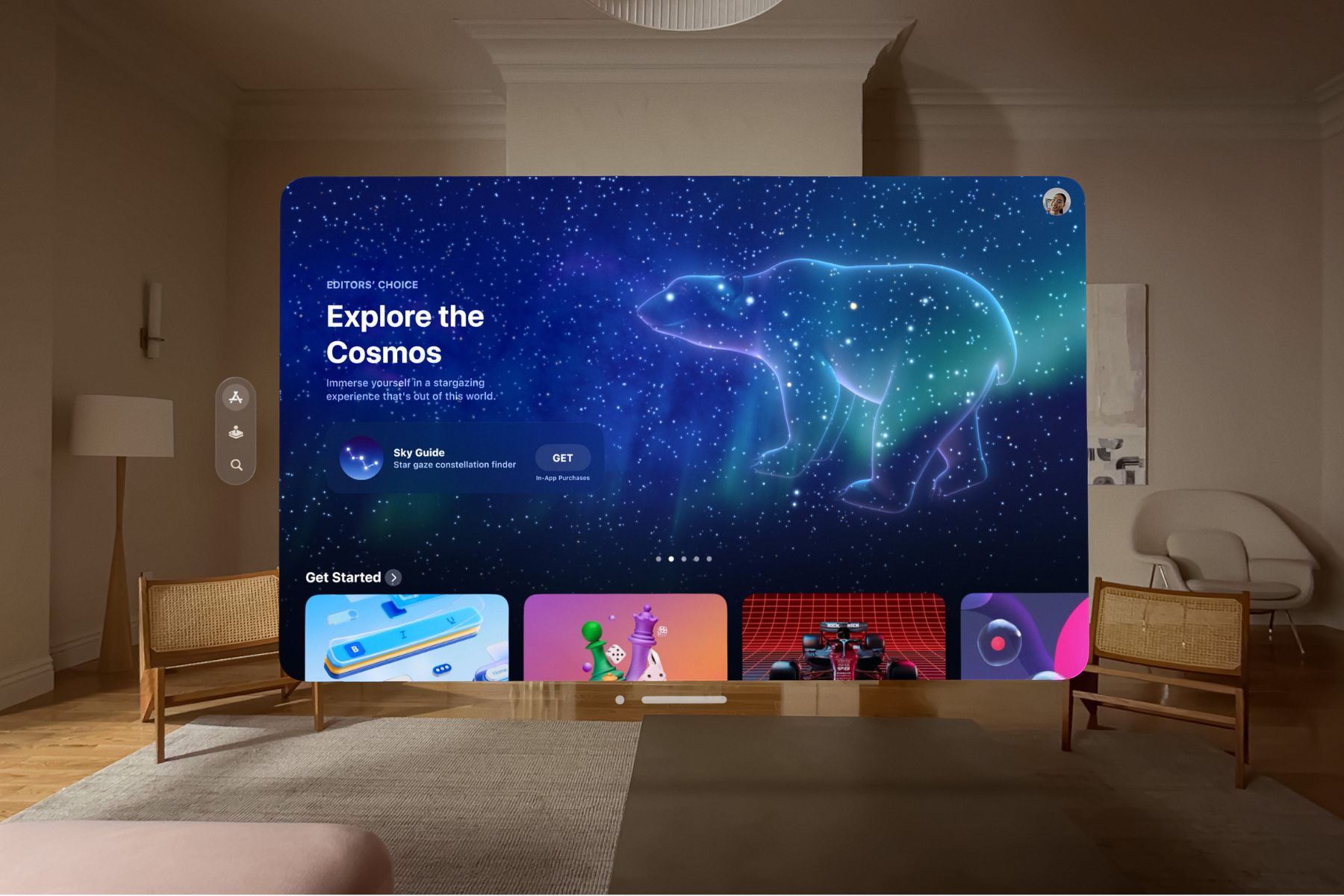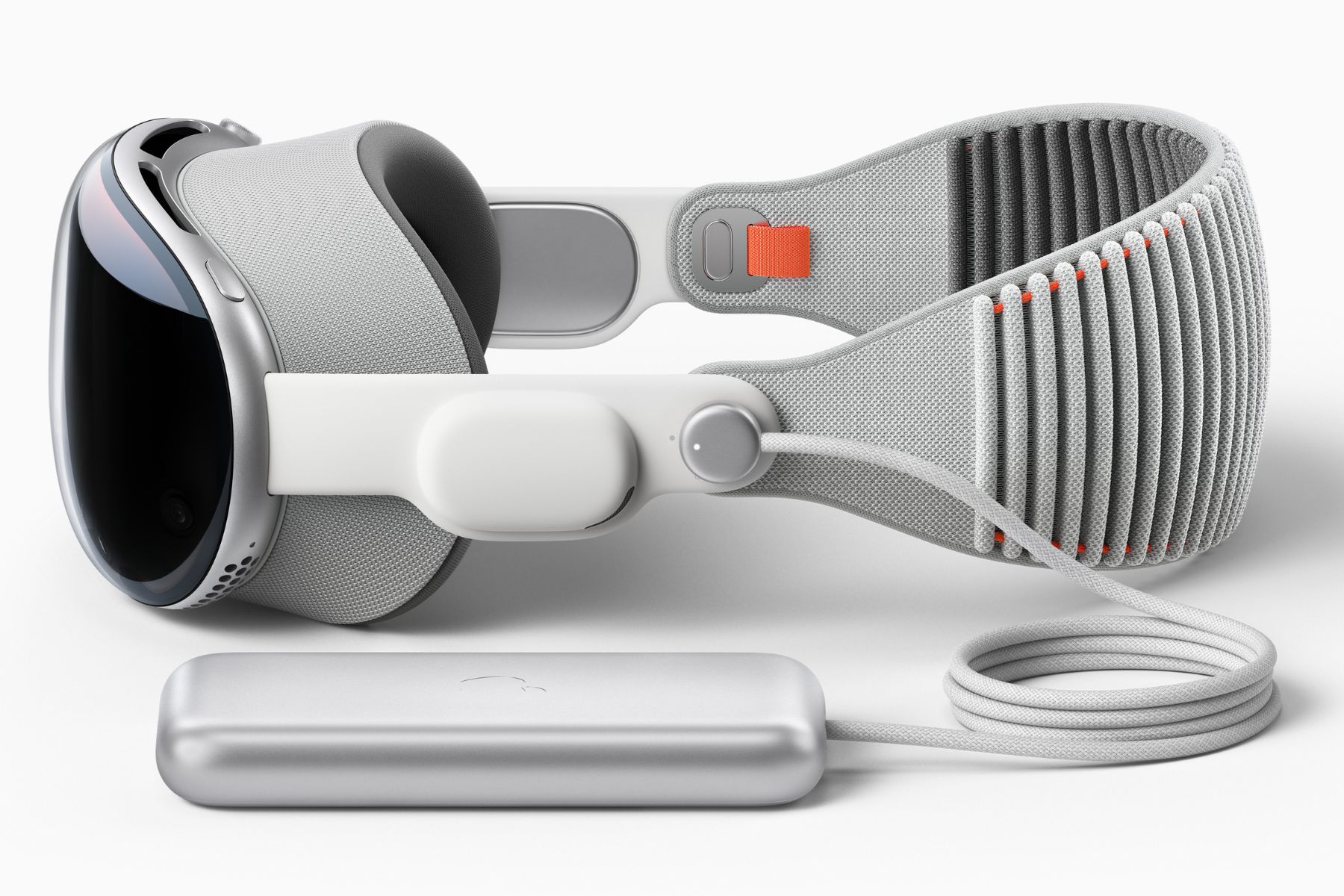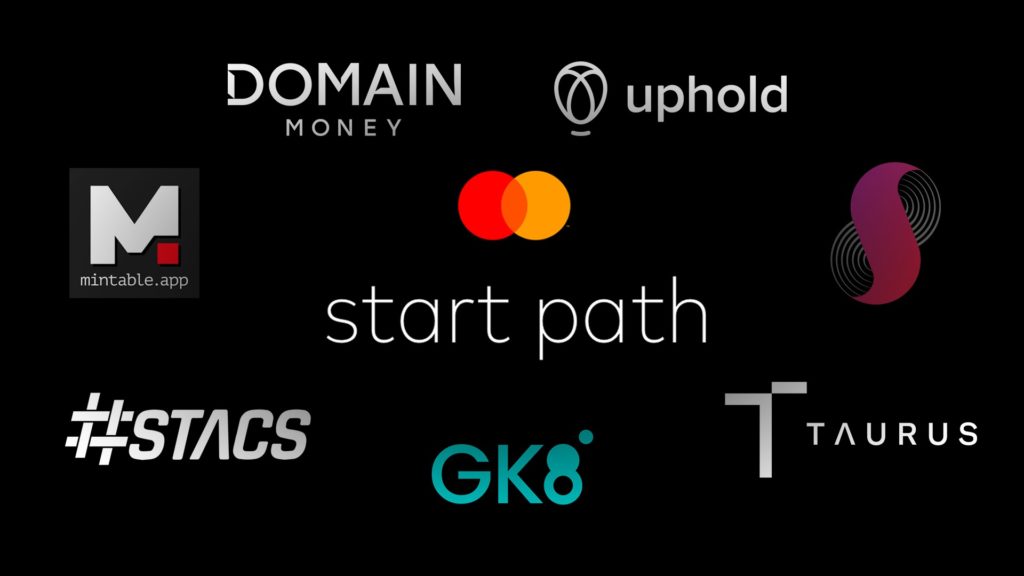Apple Vision Pro: The future of spatial computing or a hyped flop? Cast your vote!

Explore Apple’s Vision Pro – the next step in spatial computing. Will it change the game or fail to deliver? Share your thoughts and cast your vote!
Nudging traditional computing to the periphery, Apple’s latest brainchild – the Apple Vision Pro – has just sauntered into the limelight. It brings with it a technological leap that’s straight out of a science fiction novella. Imagine your digital universe breaking free of its 2D constraints and cohabiting with your physical world. It seems like a fantasy, doesn’t it? Yet, with Apple’s recent announcement, it seems we are stepping over the threshold from fiction to reality.

At the heart of this savvy spatial computer is visionOS – the world’s first spatial operating system – which promises to bring your digital life into three dimensions, as tangible as your morning cuppa. The dual display, boasting a staggering 23 million pixels, makes traditional pixels disappear while offering an immersive user experience unlike any before, with voice, hands, and eyes guiding your navigation.
Apple’s CEO, Tim Cook, believes that Vision Pro represents a new chapter in computing. He compares the revolutionary impact of the Vision Pro to the way the Mac brought personal computing to the masses, and the iPhone made computing mobile. This time, however, we’re looking at a revolution in spatial computing, opening an unimaginable realm of possibilities to its users and developers.
From Apple’s perspective, the construction of this spatial computer involved a complete rewrite of the creation rules. Mike Rockwell, Apple’s VP of the Technology Development Group, has referred to the Vision Pro as the pinnacle of Apple’s personal electronics offerings, marking the zenith of hardware and software integration.

For end-users, the Apple Vision Pro promises to reshape how you use your apps, watch your favourite shows, and connect with others on FaceTime. Imagine playing your favourite Apple Arcade game on a large screen that defies the constraints of physical reality, and you can take it anywhere with you.
The Vision Pro introduces “Environments”, taking the concept of immersive to a new level by transforming your space into dynamic landscapes that can adjust to your desired level of immersion with just a twist of the Digital Crown. FaceTime becomes more ‘spatial’, with participants reflected as a Persona – a digital representation of yourself that reflects face and hand movements in real-time.
Navigating this digital landscape feels natural and intuitive – a simple look, a flick of the wrist, or a voice command lets you control your digital world. With a dual-chip design featuring Apple’s own M2 and R1 chips, the Vision Pro offers unparalleled standalone performance. The R1 chip promises a lag-free, real-time experience by processing input from a myriad of cameras, sensors, and microphones. With this dynamic duo, your device can keep running for a solid two hours on a single charge.
On the security front, Vision Pro introduces Optic ID – a secure authentication system that compares a user’s iris with enrolled Optic ID data stored safely within the Secure Enclave. Apple ensures that your Optic ID data is fully encrypted and never leaves your device, reinforcing its commitment to privacy and security.


Is the Vision Pro a step into the future, or is it an overhyped flop? While the tech world buzzes with anticipation and speculation, TechMogul must admit that we, like many of our readers, haven’t had the opportunity to try the Vision Pro ourselves. Therefore, our analysis is based entirely on Apple’s press release, industry speculation, and our own years of experience covering the tech landscape.
We’d love to hear your thoughts and expectations for the Vision Pro. So, we’ve included a poll: “Would you purchase the Apple Vision Pro?“
- Yes, I believe it’s the future of spatial computing.
- No, I think it’s an overhyped flop.
- Not sure yet. I need more information.
The Apple Vision Pro, priced at a cool USD 3,499, is expected to be available early next year. Will it revolutionise our digital lives, or will it become another cautionary tale in the annals of tech history? The answer lies in the product’s capabilities and your hands – the users. So weigh in and help shape the narrative around this ambitious product. Your sentiments are much appreciated.








Responses